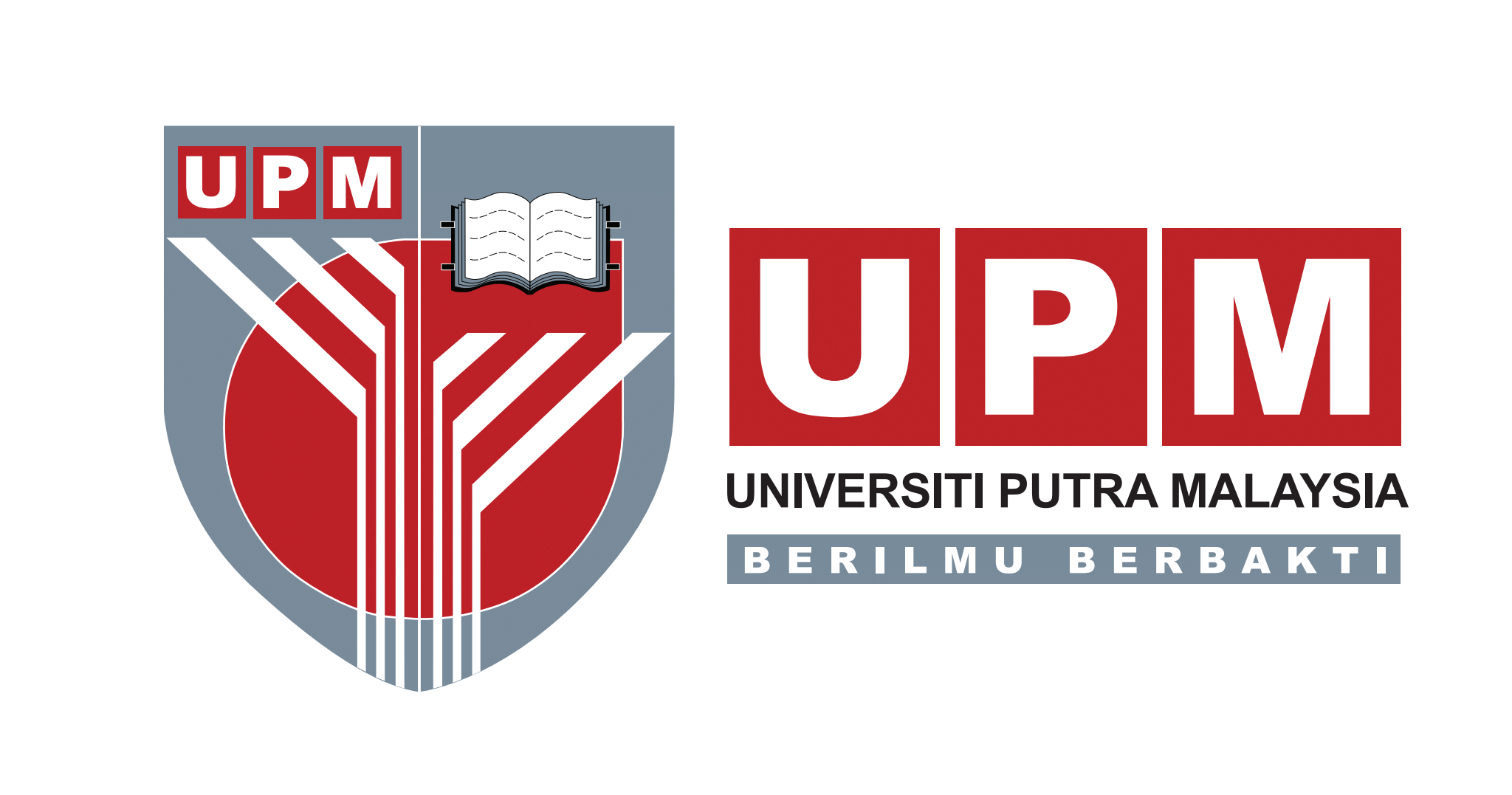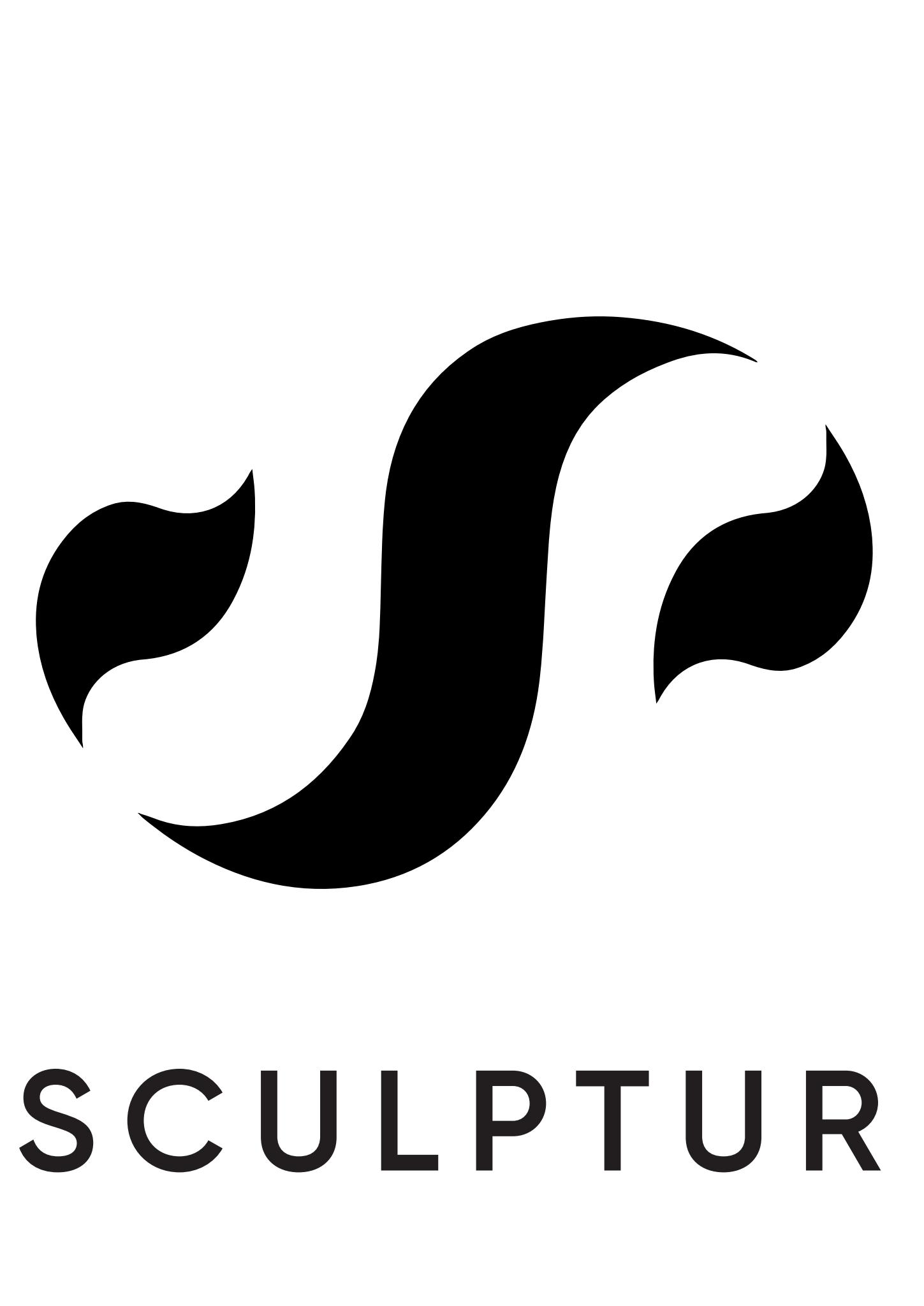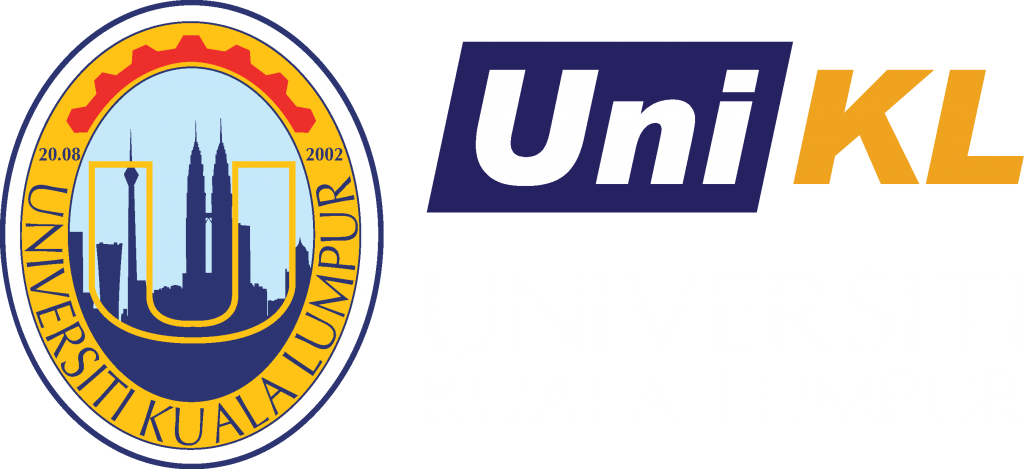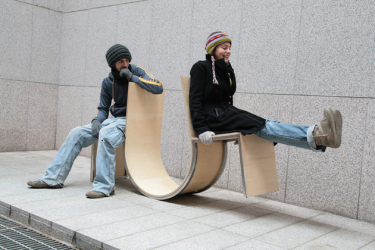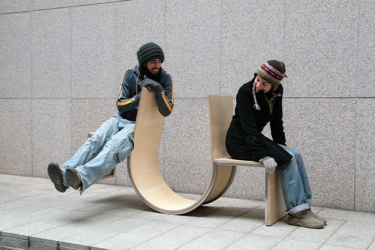Rules of the Social Furniture design competition
1. INTRODUCTION
These general terms and conditions (hereinafter the “GT&C”) apply to the design competition for the “Sostenibilità” project (the “Sostenibilità Project”) that is promoted on and run through our website or social media channels.
By participating in The Sostenibilità Project, registering on Particle Pte. Ltd. (the “Organizer”) Website or accepting these GT&C you accept without reservation these rules that govern the competition.
Any updates will be provided at the competition website, including announcement of the finalists and winner and will automatically integrate and be part of these GT&C.
2. GENERAL RULES
2.1 Participants must abide to all deadlines and rules;
2.2 Participants must respect all the instructions regarding the required materials;
2.3 Participants can join the competition either individually or with a team up to four persons;
2.4 Participation is open to students and recent alumni
2.5 At the time of registration, participants must be either enrolled in a university program or have graduated from a university program within the last two years.
2.6 Teams can include members coming from different countries, cities or universities;
2.7 Each individual or team is allowed to submit one project (the “Project”);
2.8 The amount established for prizes is fixed (and subject to bank commissions and fees) regardless of the number of members in a team;
2.9 A technical staff appointed by Particle will evaluate the eligibility of the Projects submitted;
2.10 The jury’s verdict is final;
2.11 It is forbidden for participants to contact jurors for matters related to the competition;
2.12 The authorship of each Project is equally attributed to each member of the team;
2.13 The Organizer has the right to reschedule dates and deadlines and/or any other item with the aim of improving certain aspects of the competition. In such occurrence, contestants will be notified with sufficient notice via the Organizer’s media channels;
2.14 It is highly recommended for participants to complete their registration and upload submissions ahead of the deadlines given. They are invited to notify the Organizer via e-email in case of technical problems encountered when registering, downloading or uploading documentation. The Organizer is though not responsible for any web malfunctioning, technical difficulties or failure to receive/sent files;
2.15 Documents which are deemed to be useful for the participants will be shared or made available in FAQ section of the website; the use of any other or additional tool sourced by the participants themselves is of course permitted.
3. INELIGIBILITY, EXCLUSION & DISQUALIFICATION
3.1 Participants (and their entire teams) violating the competition rules can be disqualified by the Organizer;
Participants can be excluded /disqualified if:
-submittals are not written in English;
-submittal for the first design concept shows the names of participants; Teams shall use Team IDs and participants shall use the Participants IDs until finalists are selected by the jury;
-submittals are incomplete or inconsistent with the criteria indicated;
-submittals are not uploaded to www.particle.art/socialfurniture according to the deadlines or the procedures given.
-participants try to contact a juror for matters relating to the competition. In the case of team members, the entire team will be automatically disqualified;
-participants make their Project public before the finalists are announced; in case a disclosure is made by a member of a team, the entire team will be disqualified;
-participants are not the authors of their Project (whether in full or in part). In case of a team, the entire team will be disqualified.
4. THE SUBMITTALS/PROJECTS – ASSIGNMENT OF INTELLECTUAL PROPERTY RIGHTS
4.1 The participants shall submit their Projects and further related contents (the “Deliverables” - such as interviews, videos, drawings, sketches, outlines and storytelling related to the Projects) in analogic and digital form according to the general rules.
4.2 License and option rights to the Projects not awarded. The copyright and any other intellectual property rights to the Projects not recipient of a money prize shall remain to the participants.
However, the Participants hereby grant to the Organizer a right of first option for a term of 2 years to acquire the entire intellectual properties rights to the Project .
The Participant hereby grants to the Organizer an exclusive, worldwide, royalty–free, perpetual and irrevocable license to:
-use the Project for the promotion of The Sostenibilità Project and/or any other art related program;
-copy, store and edit the Project and your competition entries;
-publish, transmit and/or distribute the Projects or part thereof in any way or form and with any means of communication and/ or support, including online platforms, social media channels and printed publications;
-create derivative contents and use, exploit, extract, modify, distribute, copy, reproduce, adapt, translate or reduce the Project and any plan, drawing, sketches and technical details on any type of support.
4.3 Assignment of the IP Rights to the awarded Projects. By virtue of the payment of the money prize, the full and entire copyright and any other intellectual property rights (including design rights, patents and trademarks) to the Projects recipient of a money prize are irrevocably and definitively assigned by the Participants to the Organizer, without any limitation in time or place, and with full protection and for the entire duration of the respective intellectual property rights.
4.4 Assignment of the IP Rights to the Deliverables. By taking part in this Competition and accepting these GT&C the participants irrevocably assign to the Organizer the entire copyright and any other intellectual property rights to the Deliverables.
4.5 All participants must provide the Organizer, if so required, any further digital documentation (i.e., 3D models) regarding the Project.
4.6 By taking part in this Competition participants declare to be authors (and/or co-author in the event of Teams) of their submittals; submittals must be the original work of the participants or shall not be uploaded and entered in the competition.
4.7 The Participants of the Competition guarantee that submittals do not infringe, in any way, the intellectual property right of third parties and commit to hold and indemnify the Organizer harmless from any request of cost or damage connected with and/or derived from the infringement of any third-party intellectual property right.
5. PRIVACY AND TREATMENT OF PERSONAL DATA
5.1 The processing of Participants’ personal data will be carried out by the Organizer for the sole purpose of the participation in the Competition and distribution of the Prizes in compliance with the applicable regulation as per art.13 UR Reg. 2016/679. We invite all competitors to read it carefully.
5.2 Participants will be held accountable for the data - including personal data - they provide. The Organizer does not assume any responsibility for wrong data provided. In any case, according to privacy policies, the Organizer has the right to verify participants’ personal data by requesting a copy of an identification document to verify the veracity of the information entered for the registration.
5.3 The Organizer is not responsible for any false information provided by the participants.
6. ADJUDICATION OF PRIZES
6.1 The date indicated for the publication of the results of the competition must be considered as being only indicative, and is dependent on the verification of the necessary requisites defined by the Competition.
6.2 Once the results have been published, and for the purpose of awarding prizes, the Organizer reserves the right to request a copy of the identification documents of the Winners.
7. GOVERNING LAW AND JURISDICTION
7.1 These GT&C and the Competition shall be ruled, governed by and construed in accordance with the laws of Singapore, without regard to principles of conflicts of law.
7.2 Any dispute, controversy or claim arising out of or in connection with these GT&C and the Competition shall be resolved and settled exclusively by the State Courts of Singapore
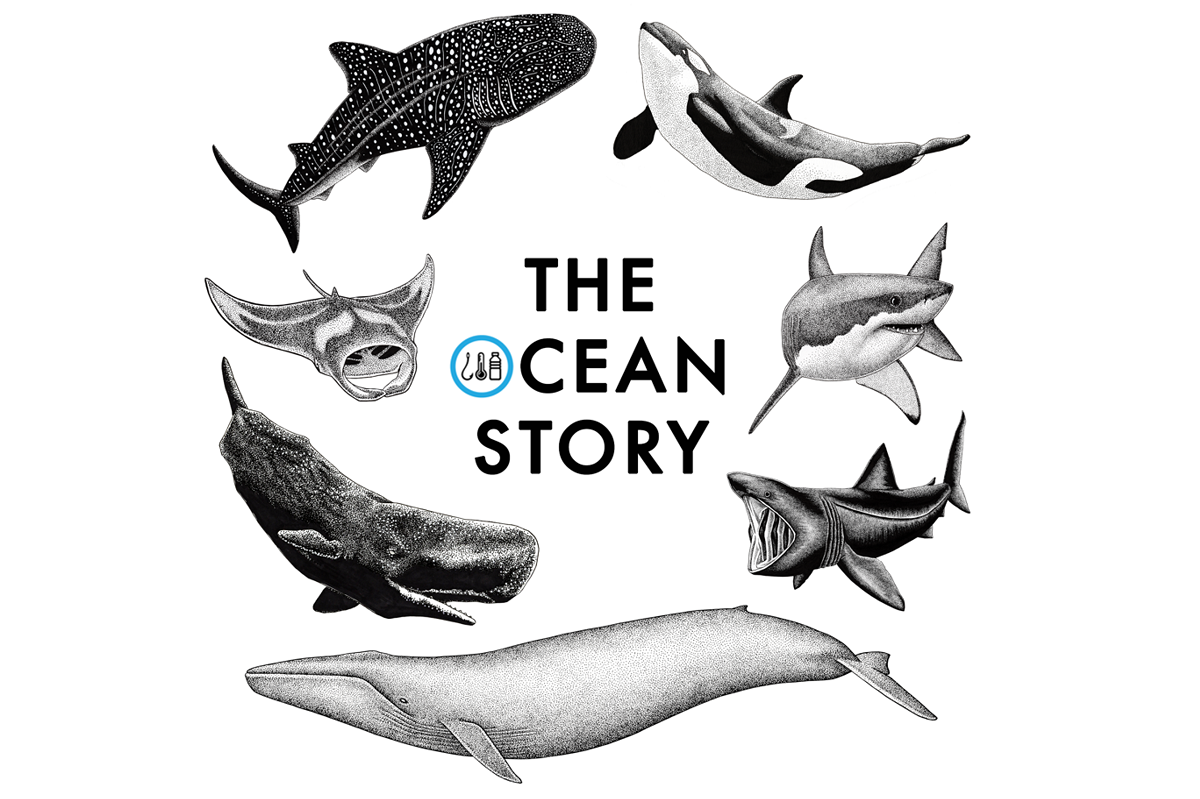
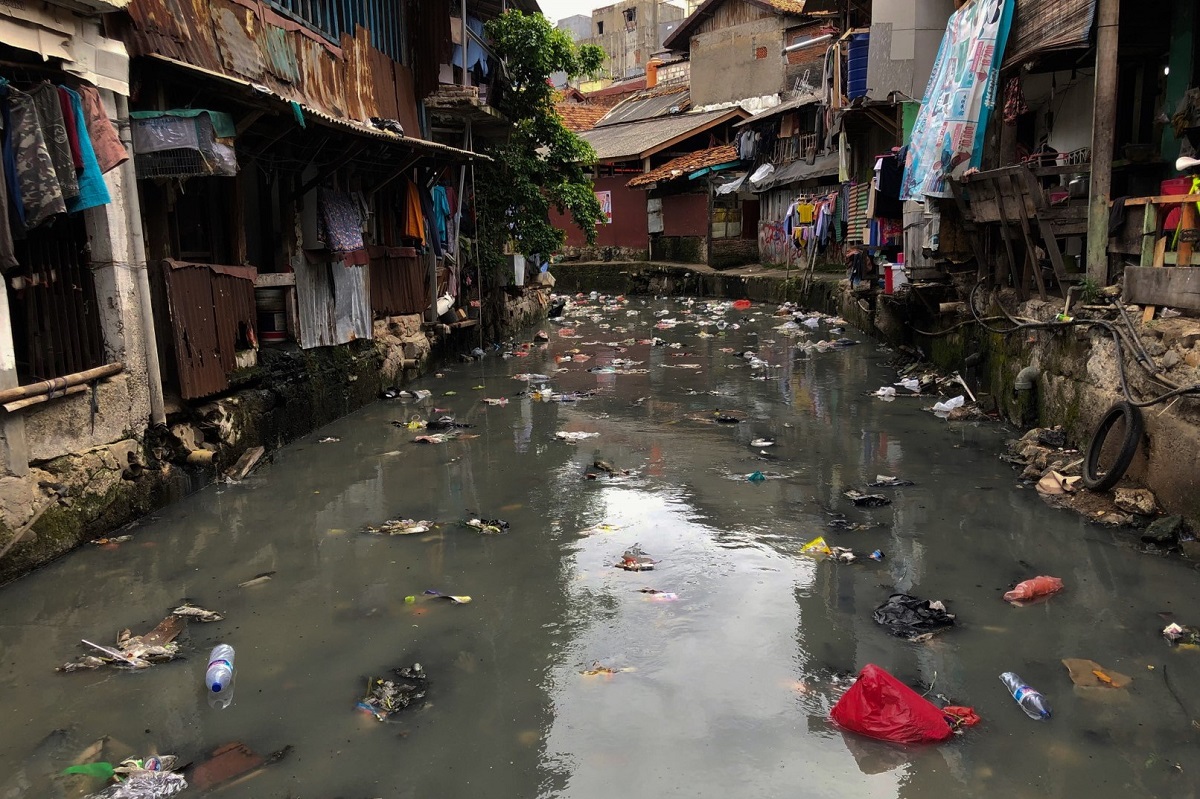
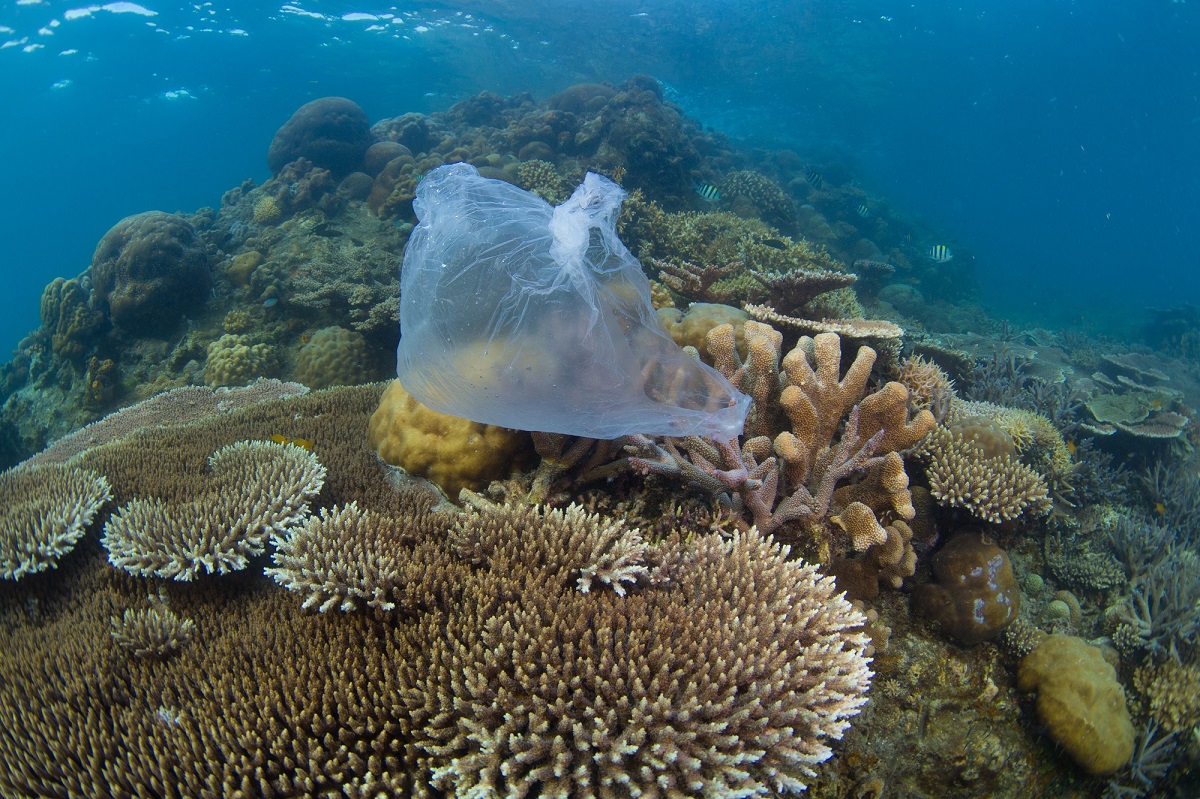
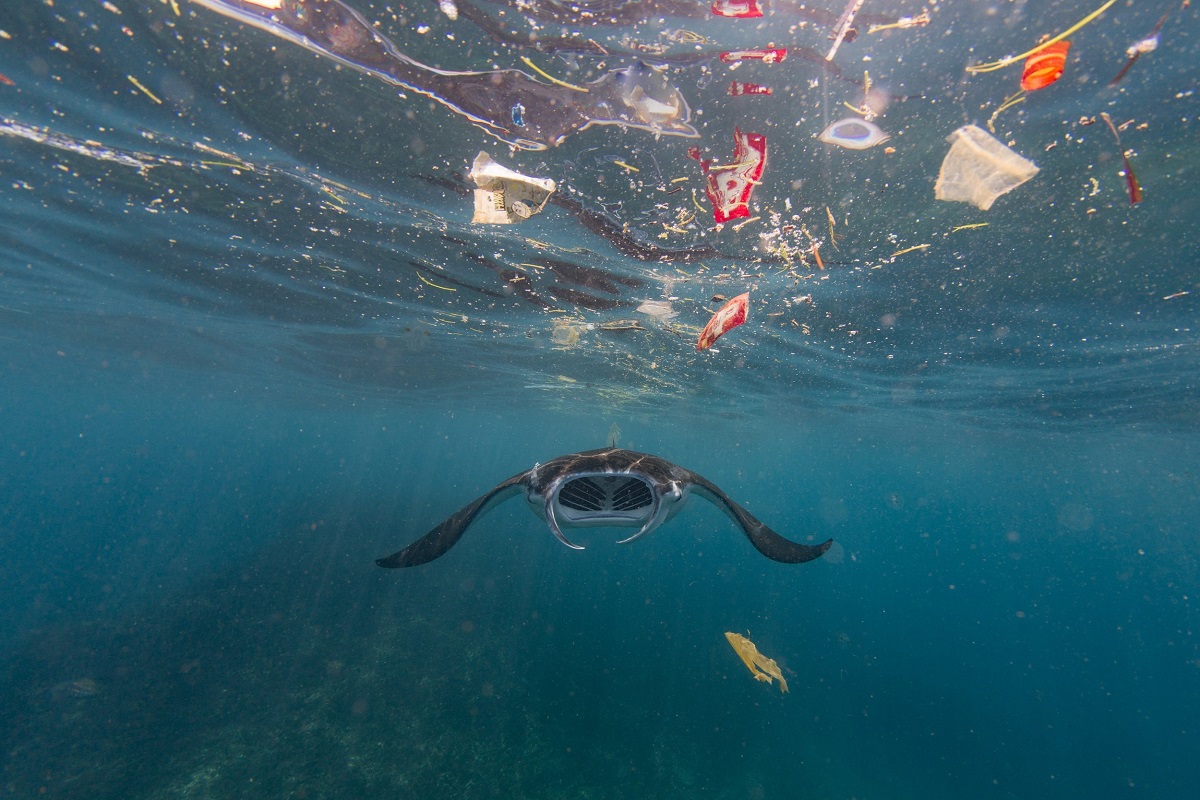
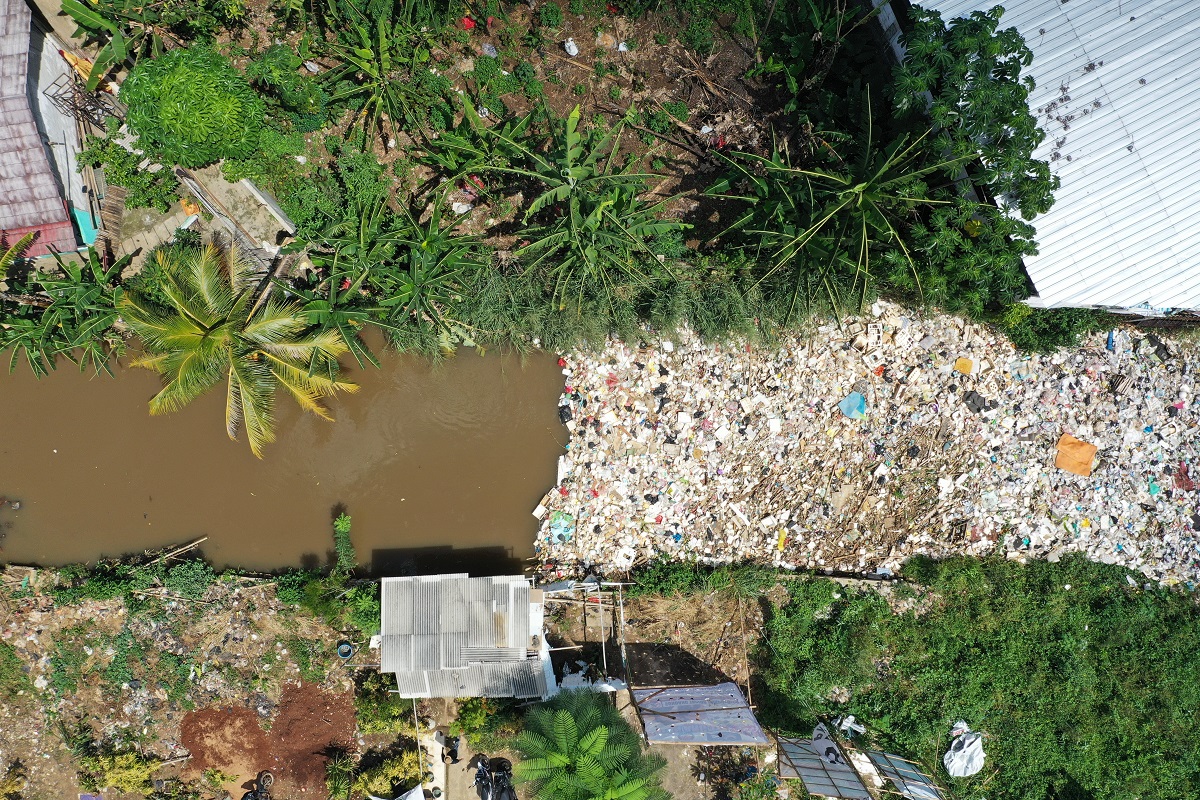
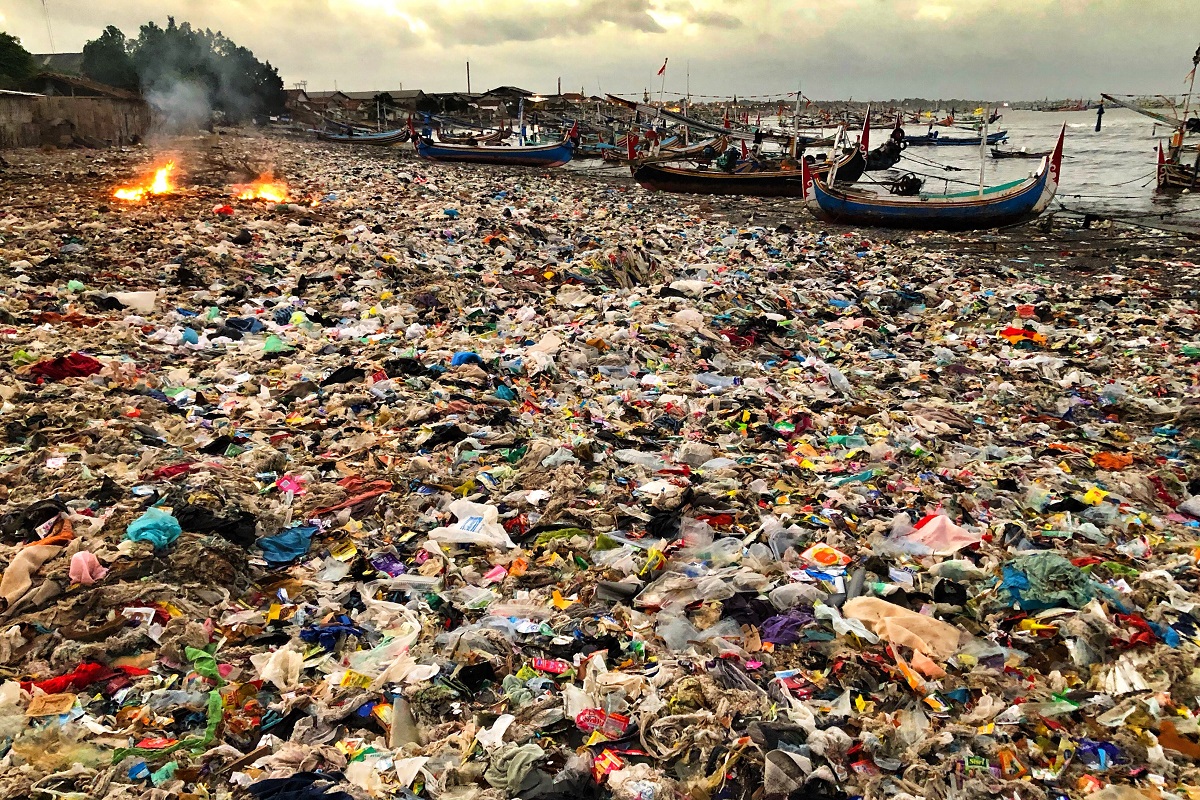
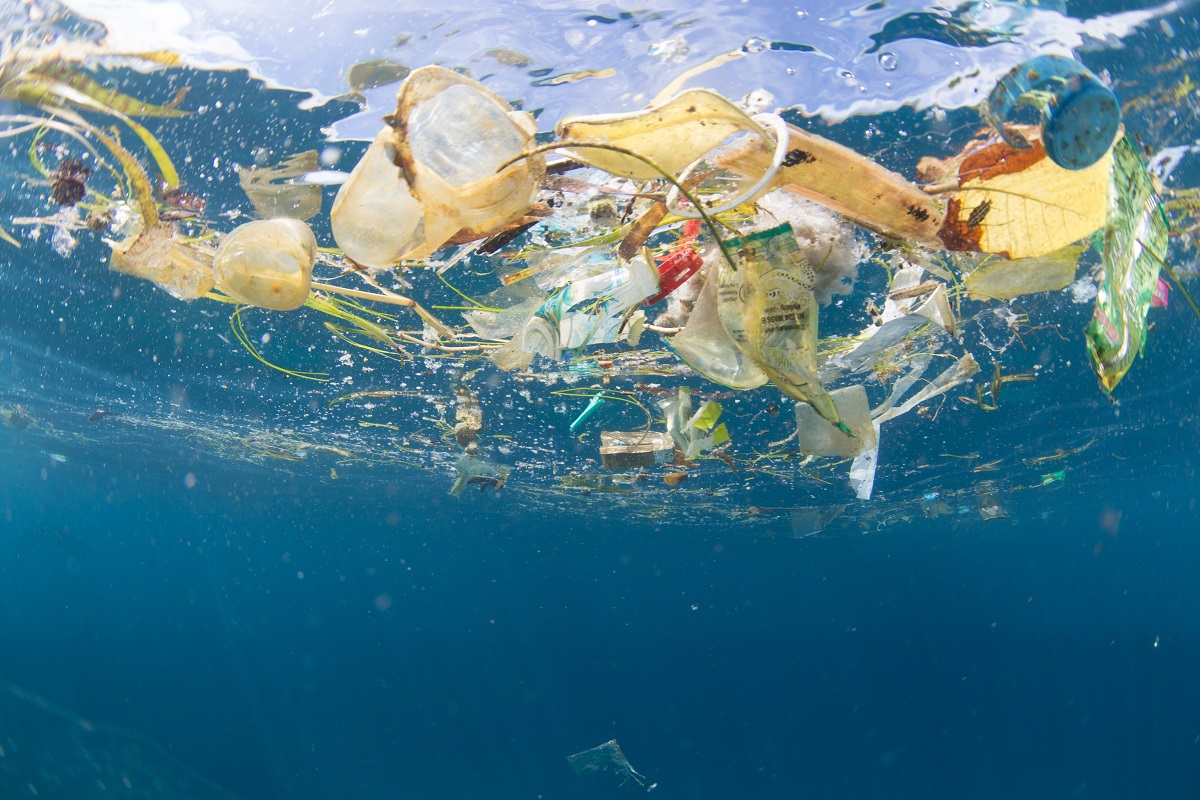
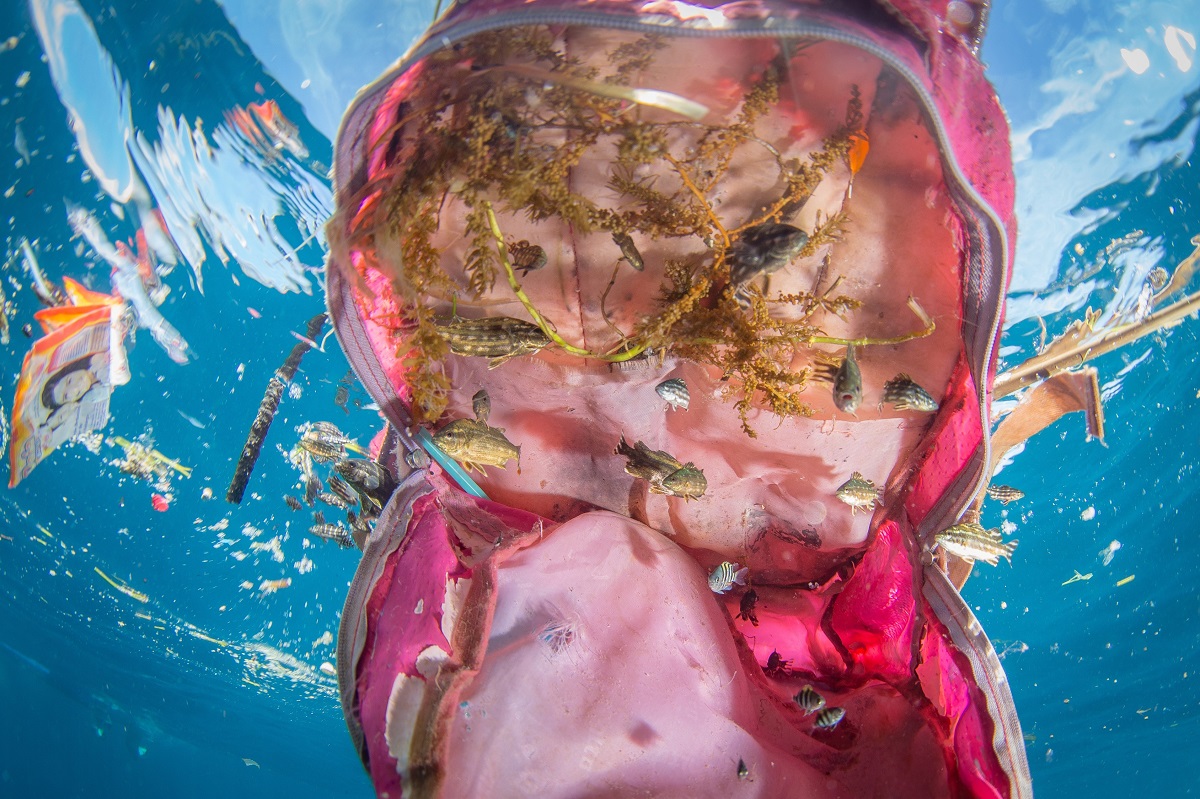
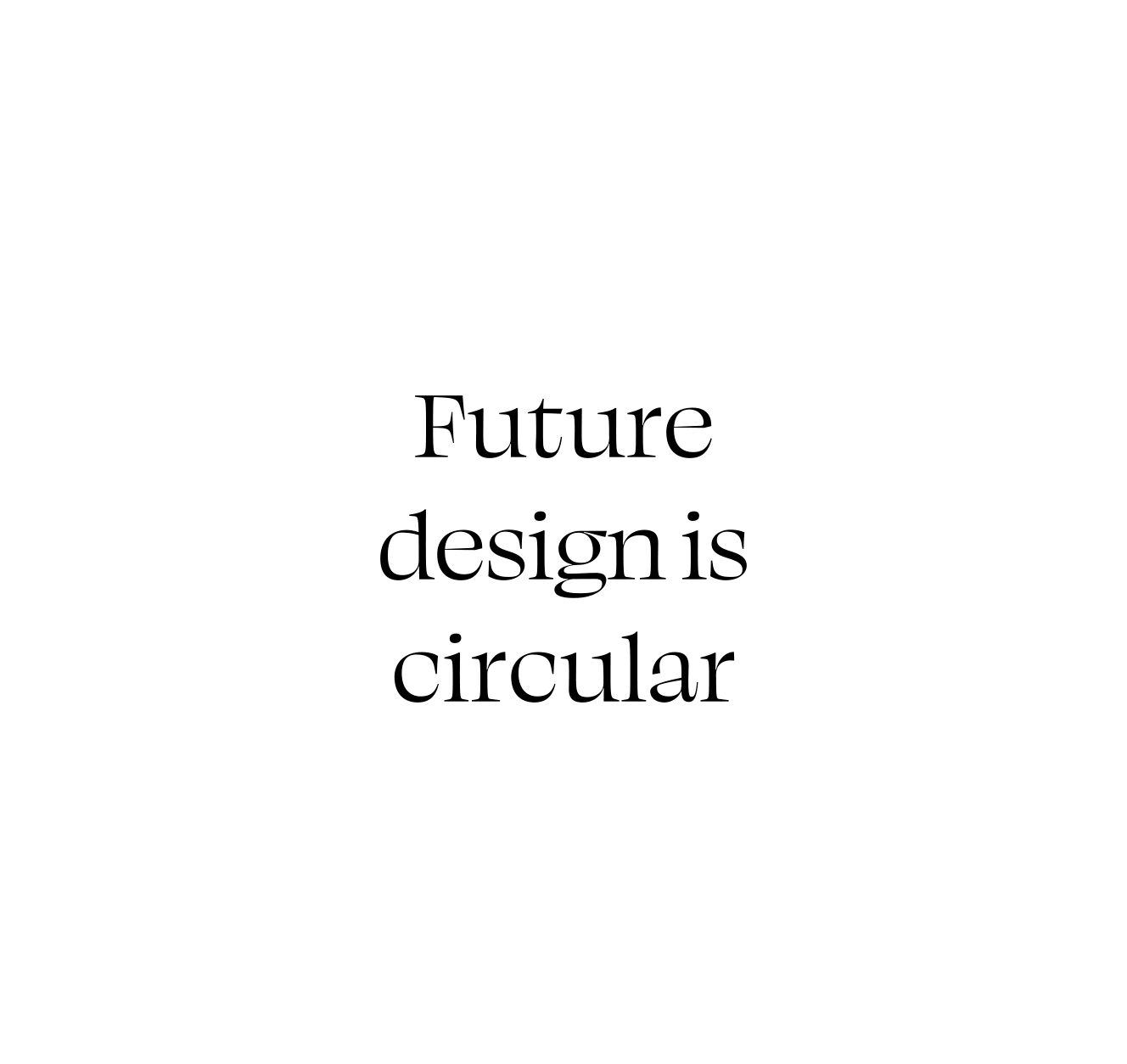
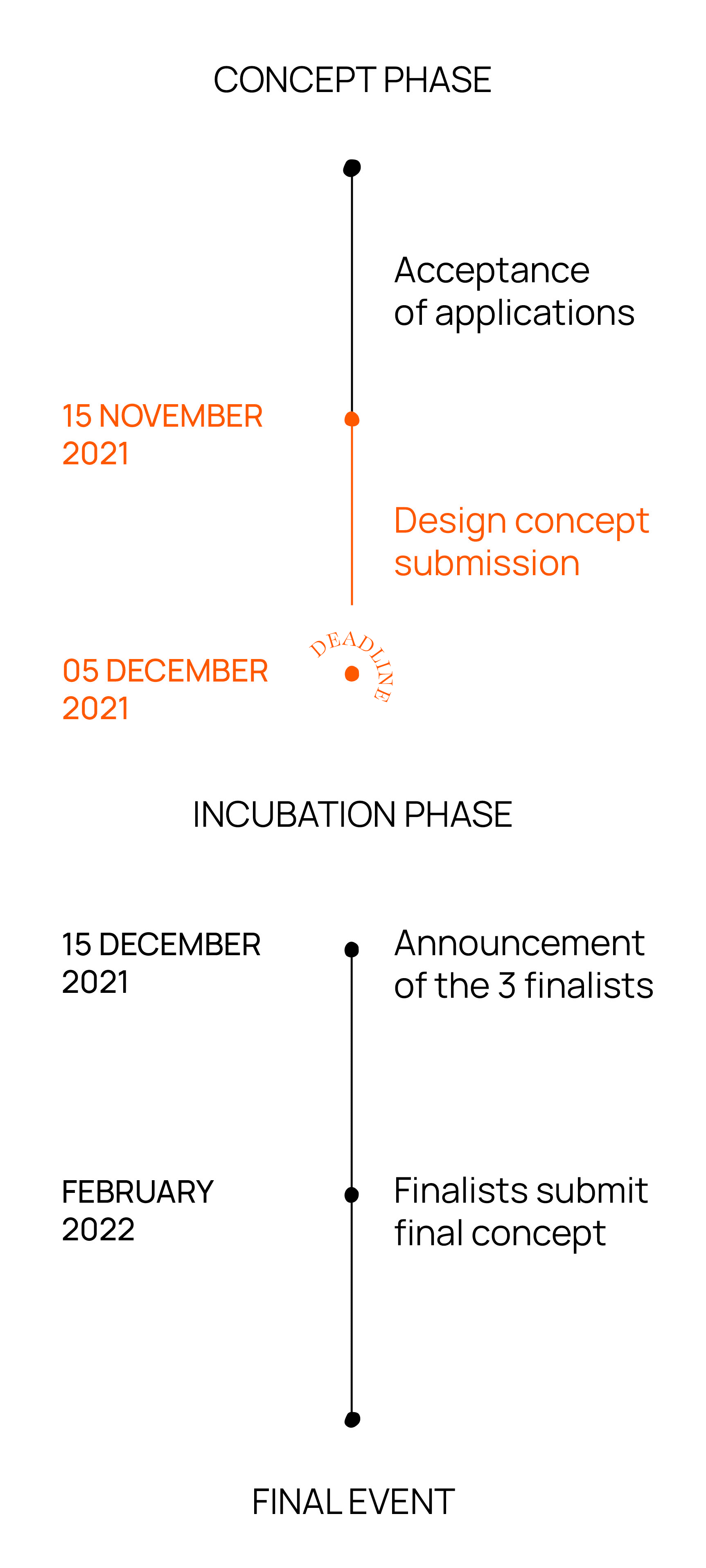
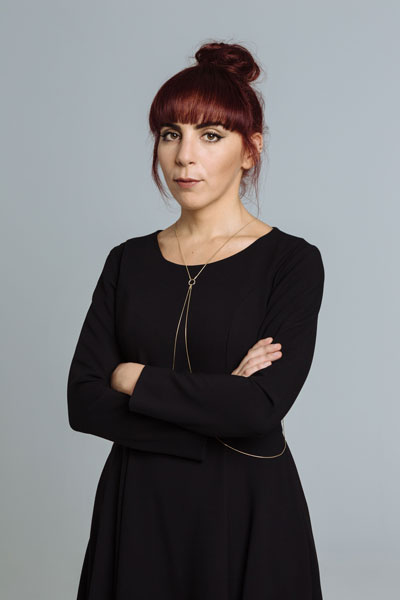
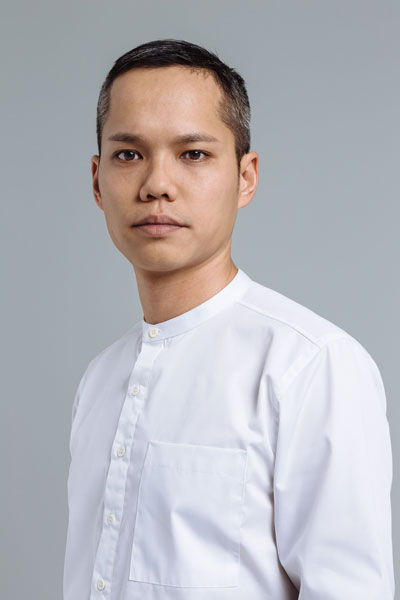
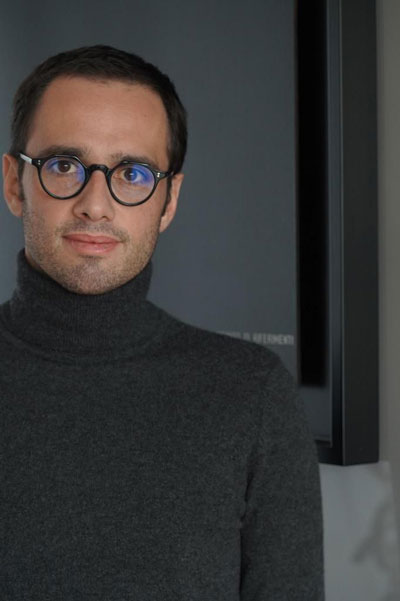
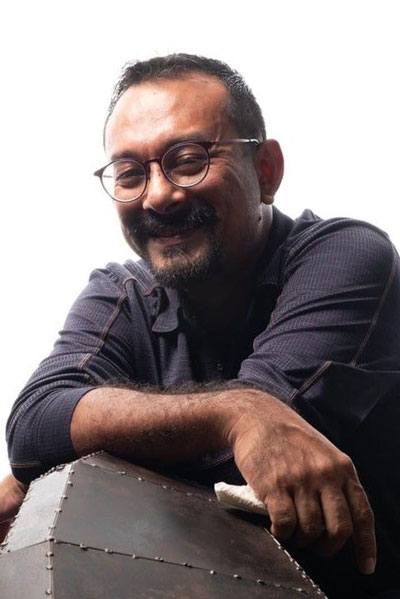
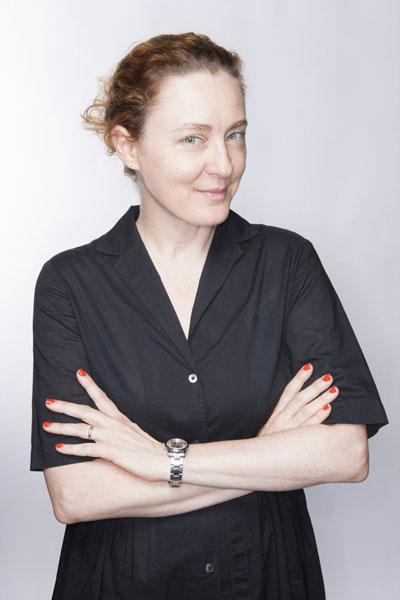

 Malaysia
Malaysia
